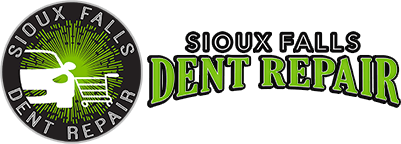What Is Die Back In An Automotive Paint Finish?
What Is Die Back In An Automotive Paint Finish?
“Die back” in automotive paint refers to a phenomenon where the color of the paint appears to lighten or become less vibrant after the paint has dried. This can occur when the paint’s solvent evaporates too quickly, which causes the pigments to settle and spread unevenly on the surface.
Die back can also be caused by improper application techniques, such as spraying the paint too far away from the surface or not applying enough paint in each coat. Additionally, environmental factors like temperature and humidity can affect the drying process and contribute to die back.
To prevent die back, it’s important to use high-quality automotive paint and to follow the manufacturer’s instructions for application. This may involve using specific tools, such as a spray gun or a particular type of brush, and applying the paint in multiple thin coats, with sufficient drying time between each coat. It’s also important to ensure that the surface being painted is clean and free of debris, and to control environmental factors like temperature and humidity as much as possible.
Read more about auto body repair methods here!
